Using bilayered graphene, physicists explore the possibility that our reality is only one half of a pair of interacting worlds.


Using bilayered graphene, physicists explore the possibility that our reality is only one half of a pair of interacting worlds.
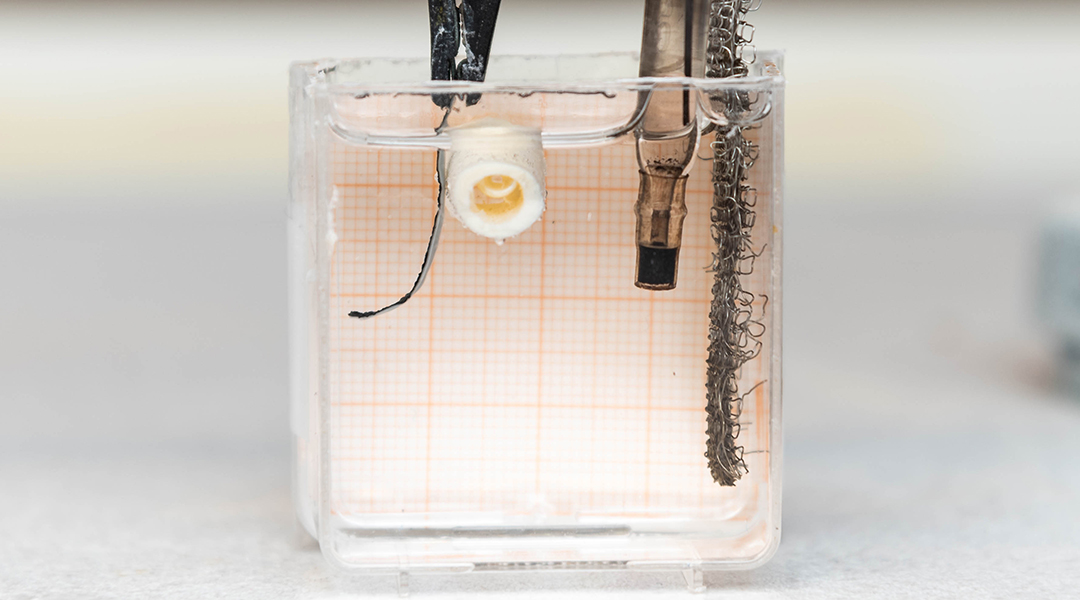
A new material gives way to simple microrobots that take advantage of mineralization processes in the body to help in bone repair.
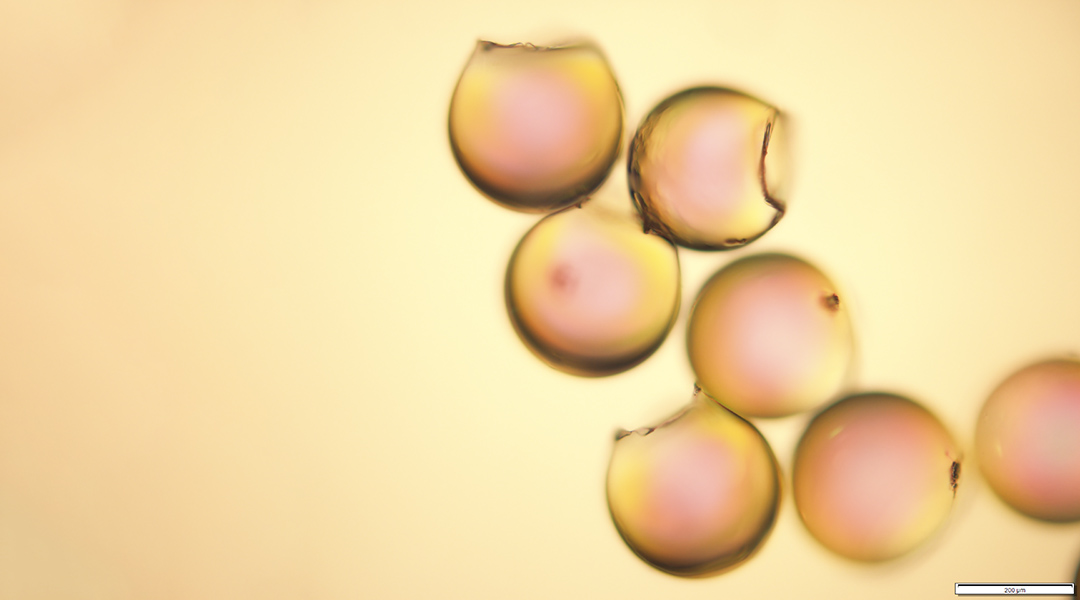
A new material helps robots analyze and navigate their environments by scanning codes invisible to the human eye.

This Pioneers in Science celebrates Marie Daly, the first Black woman in America to receive a Ph.D. in chemistry.
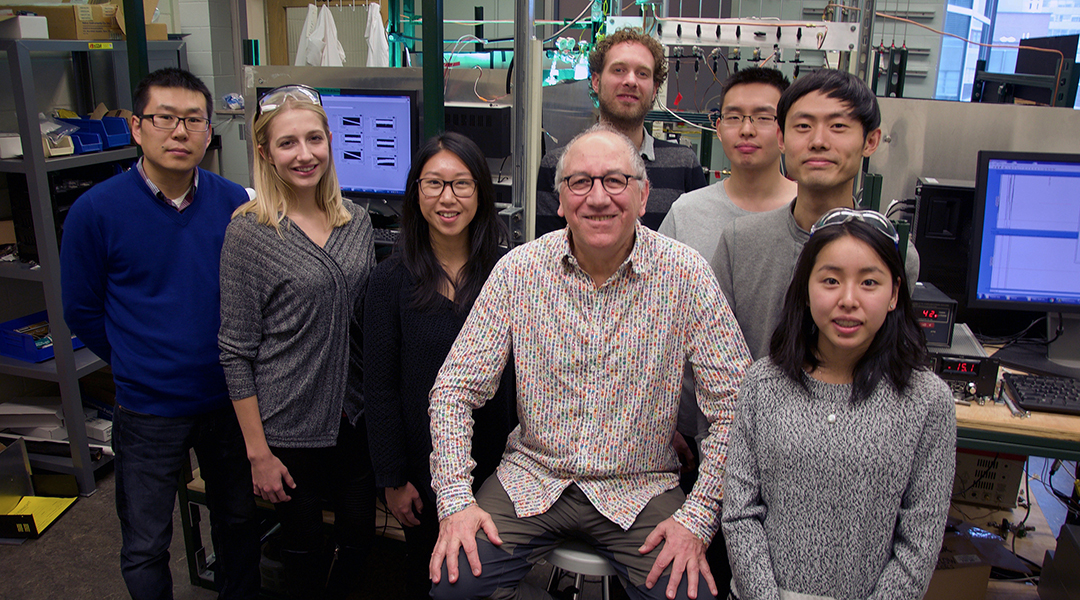
To celebrate his upcoming 77th birthday, we reached out to nanochemist and long-time ASN contributor, Geoffery Ozin, to discuss his colorful career, current projects, and plans for the future.

The 2018 water crisis that drew the world’s attention was the worst on record, threatening 4 million people.
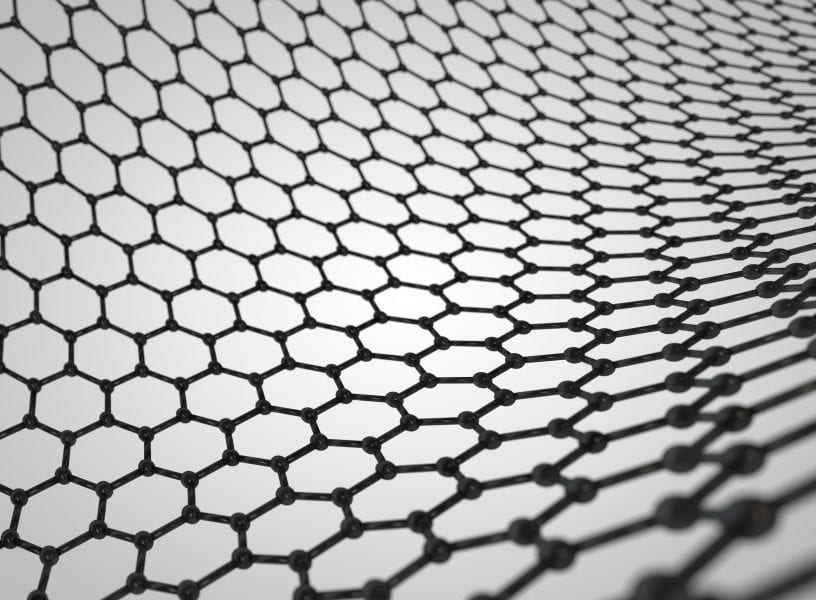
Using an innovative method, super-flexible graphene films are synthesized while maintaining their ultra-high thermal conductivity. (Image credit: Artbox/Shutterstock)
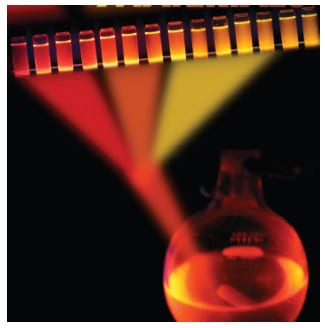
Professor Geoff Ozin has received an RSC Centenary Award – we asked for his thoughts on the research that brought him here.
Chemists at USF and KAUST have discovered a more efficient, less expensive and reusable material for carbon dioxide (CO2) capture and separation.
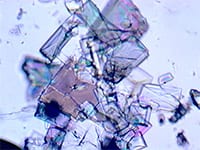
Material investigated by USF and KAUST chemists could be a breakthrough in developing new tools for cleaner air and energy production.